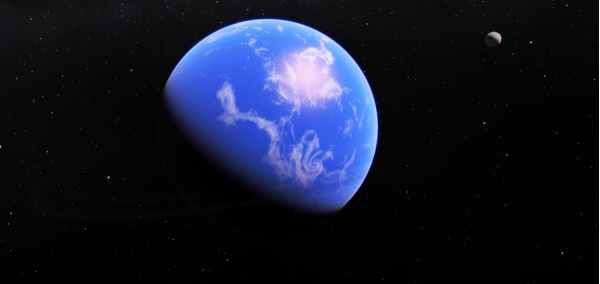BY LETTER
Minervans
 Image from Steve Bowers | |
| Euboea, a Bathypelagic world in the NoCoZo colonised by Minervans, where they live on the few small islands and in boatdwellings | |
Minervans were created 9304 AT as an off-shoot of Athenaeids, the primary difference being in their nervous systems. Like the Athenaeids, they are homorph bionts with physical capabilities similar to other Superiors, but "only" have Superior-level intellects rather than being fully transapient like Athenaeids. They retain the "memory palace" compubones of Athenaeids, but have a (distantly) human-derived, dicephalic brain on par with a typical Superior.
Minervans are raised with and among Athenaeids; there are not significant developmental or intellectual differences until ages 8 to 10. The cooperative upbringing encourages an affinity between the Superior and transapient species, leading many (but not all) Minervans into careers supporting the activities of Athenaeids - low-level managers, protectors, assistants, and so forth. Working with the transapients appears more entertaining and rewarding for most Minervans, but the Superiors are by no means shackled or indentured to their Athenaids. A sizable minority seek their own pursuits independent of the Athenaeid clans, typical of any Superior.
Minervans have proliferated more rapidly than Athenaeids, something apparently encouraged by the transapients. There are about 10,000 Minervans in the NoCoZo, most of them co-located with Athenaeids. Interestingly, the Athenaeids of the Terragen Federation have not adopted the Superiors. This can create some confusion among modosophonts as the two species are not visibly distinct. They are also not inter-fertile despite the same basic genomes due to the radically different nervous systems.
A tweak clade of Minervan known as Morrigans are discretely adapted for combat, and have certain internal features which distinguish them from both Minervans and Athenaeids.
Related Articles
Appears in Topics
Development Notes
Text by Mike Miller
Initially published on 22 October 2014.
Initially published on 22 October 2014.






